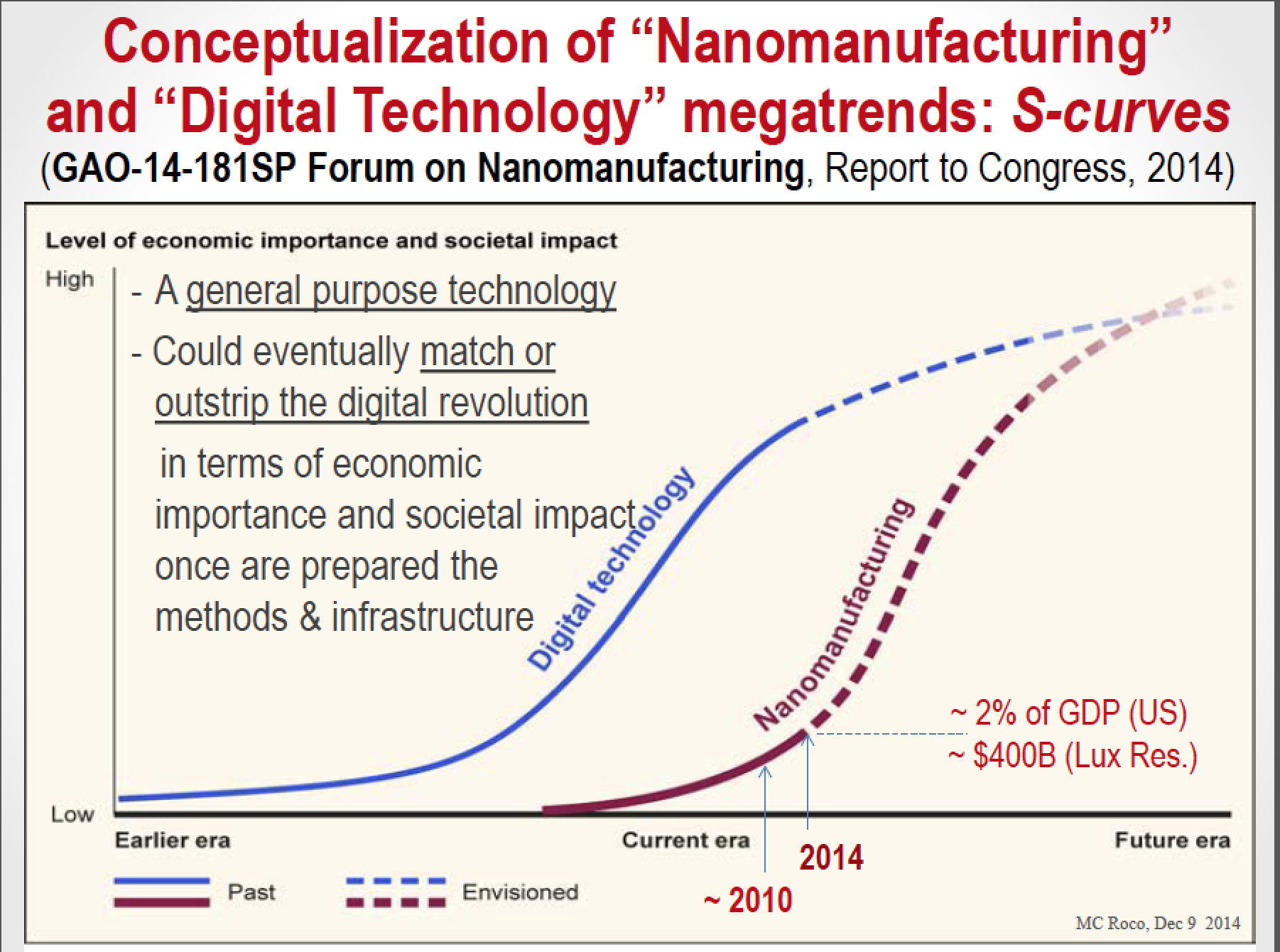The US National Nanotechnology Coordination Office (NNCO) on behalf of the National Nanotechnology Initiative (NNI) has announced the winners for its first, ‘Tiny Science. Big Impacts. Cool Videos.’ contest in a June 5, 2015 news item on Nanowerk,
The National Nanotechnology Coordination Office (NNCO) is pleased to announce the winners of the first Tiny Science. Big Impacts. Cool Videos. nanotechnology video contest for students. Abelardo Colon and Jennifer Gill from the University of Puerto Rico, Rio Piedras, Nanoscience and Nanotechnology Research Lab won the top honors for their video entitled Chlorination-less. The video explains a new method for disinfecting drinking water using a nanodiamond powder. This nanotechnology-enabled method can kill bacteria, is biocompatible, and is reusable, making it a good alternative to traditional chlorination. Congratulations Abelardo and Jennifer!
A June 5, 2015 NNCO news release on EurekAlert, which originated the news item, describes the judging process and plans for the video,
Videos submitted by students from universities across the United States and U.S. territories, were posted on NanoTube, the official National Nanotechnology Initiative (NNI) YouTube channel, for public voting. The winning video was chosen by representatives from the NNI member agencies from the top two videos identified by public voting. This video will be featured on Nano.gov for the next month. For more information on the Tiny Science. Big Impacts. Cool Videos. contest rules and judges, visit the student video contest page on Nano.gov.
Here is Chlorination-less,
From the Chlorination-less YouTube page,
Published on Apr 28, 2015“Access to clean water is a major international issue that must not be ignored. Our research is finding a new method for the disinfection of drinking water. Even so, chlorination is the most common treatment for the disinfection of drinking water, but has a lot of disadvantages. Disinfectant by-products (DBP’s) produced by the chlorine disinfection process can cause health problems such as cancer to humans that drink water or inhale vapor. Also some bacteria are able to adapt to this chemical treatment. This is why we are proposing a physical treatment using Ultra Dispersed Diamond (UDD) for the disinfection of drinking water. The UDD is a nanodiamond powder, which has bactericidal properties and is biocompatible. After applying the UDD material to the contaminated water we have promising results. There was a reduction of fecal E. coli colonies as time passed and the density of the material increases. This process will be healthier, cheaper, and more environmentally friendly since it is reusable.”
University of Puerto Rico , Rio Piedras Campus
As for the next contest, that begins July 1, 2015 (from the Tiny Science. Big Impacts. Cool Videos. contest webpage), Note: Links have been removed,
Graduate students, will your research lead to nanotechnologies that impact our daily lives? Submit videos that demonstrate how your nanotechnology research will bring solutions to real-world problems. …
Email submissions information to NNCOvideos@gmail.com and include:
Name and affiliation:
Submissions will be accepted from teams and from individuals. A lead contact person must be designated for team submissions. The order in which names are listed in the submission is the order in which they will appear on the NNI public voting page, the NNI YouTube channel, and on Nano.gov.
Description (150 words or less): Explain your research, use plain language and avoid jargon. Concentrate on what problem your research will help to solve.
Title of uploaded video: It should be the same as the video file name you upload using Google Drive.
Releases for people appearing in the video: A release form is available here; print, collect signatures, scan, and email us electronic copies.
Laboratory website: Include link to the lab where you work, if available
Funding source: Include funding agency, program manager, and award/grant number, if possible
Upload videos using Google Drive to NNCOvideos@gmail.com:
Video Criteria
Video length should be between 2.5 and 3 minutes.
Maximum file size is 2 GB
File type must be H.264, MP4, FLV, or MOV
Use a camera that can shoot videos at least 1280 x 720 pixels in size.
Save video file as the title listed on emailed submission information
Remember to avoid jargon while explaining your research
Collect signed releases (available here) from any recognizable individual appearing in your video
You are allowed to have others (e.g., film students) produce the video. If you put your own video together make sure everything is well lit. Fluorescent overhead lights aren’t the best, try to use natural or focused light if you can. Pay attention to sound quality; use a good microphone and listen for background noise. Watch for too much clutter in the background of your scenes, this can be distracting.
…
Timeline:
NNCO will begin accepting submissions for the Tiny Science. Big Impacts. Cool Videos. video contest on July 1, 2015.
The Tiny Science. Big Impacts. Cool Videos. video contest will close on November 12, 2015.
The deadline for submissions is 12:00 p.m. PST November 12, 2015.
Semifinalist judging for videos submitted before 12:00 p.m. PST on November 12, 2015 takes place from 12:00 p.m. November 19, 2015 to 12:00 p.m. November 30, 2015.
The winning video will be announced on December 15, 2015.
…
Good luck!
![The image, shown [above], explores new ways of controlling the spread of bacteria and fungi through the use of nanostructured surfaces (NSS). Many insects have NSS that kill microbes on the outermost layer of their exoskeletons, protecting them from infection. Kyle’s research concentrates on creating new synthetic NSS materials in the lab that resemble those found in nature. Congratulations to Kyle! [downloaded from http://www.nano.gov/node/1397]](http://www.frogheart.ca/wp-content/uploads/2015/05/2015-EnvisioNanoWinnder-300x201.png)
